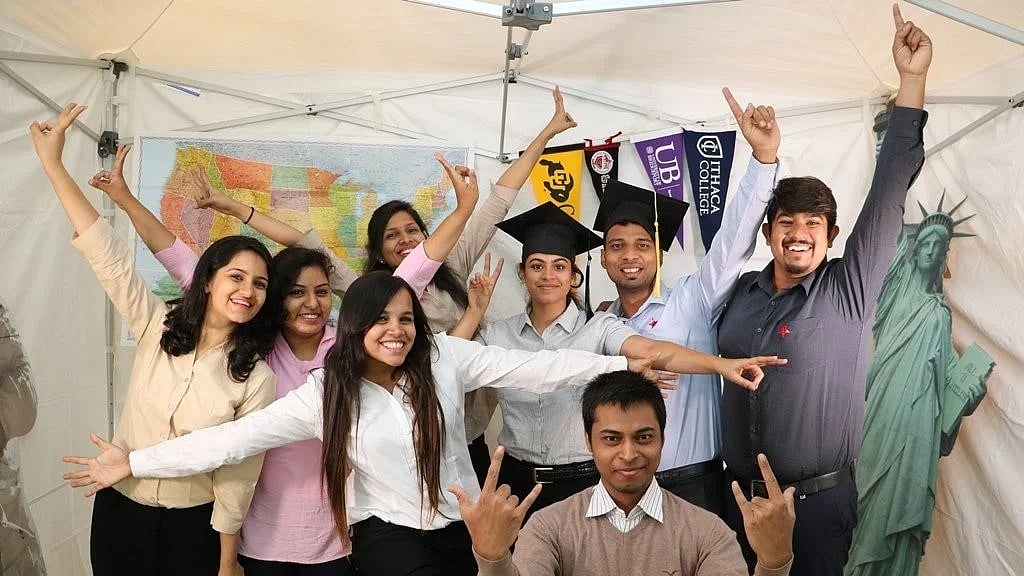World
India becomes top sender to US universities despite visa challenges
India now accounts for nearly one-third of all international students in the US. But behind this lies a more fragile reality: visa cuts, rising OPT dependence, and a shift from academic aspiration

In the academic year 2024–25, the United States hosted a record 363,019 Indian students, a 9.5% increase from the previous year, according to the Open Doors Report 2025 by the Institute of International Education (IIE). Indians now make up 30.8% of all international students in the US, making India the largest source country.
Over the past decade, Indian student enrollments in the US have more than doubled, rising from 1,32,888 in 2014–15 to 3,63,019 in 2024–25. Undergraduate enrollment grew significantly, from just 16,521 in 2014–15 to 40,135 in 2024–25. Meanwhile, graduate enrollments experienced a decline in 2024–25, dropping from approximately 1,96,567 in 2023–24 to 1,77,892. The non-degree segment also saw a slight decrease.
Most notably, participation in the Optional Practical Training (OPT) programme surged dramatically, increasing 47.3% from 97,556 students in 2023–24 to 1,43,740 in 2024–25. OPT allows students on F-1 visas to work in the US in a field related to their studies—typically for 12 months, extendable by 24 months for STEM degree holders. It is very attractive to Indian students because it offers a bridge between study and employment, which many view as a pathway to higher-paying jobs or even long-term migration.
The F-1 visa, on the other hand, is the non-immigrant visa category most international students use to study in the US. It is issued to students enrolled in academic programmes, including universities, colleges, high schools, or language training programmes. Once on campus, F-1 status allows them to apply for work-authorisation mechanisms like OPT, or engage in limited on-campus employment—but the visa itself is fundamentally for study.
Published: undefined
The latest data highlights a significant trend: more Indian students are pursuing undergraduate education in the US, and a growing number are seeking employment through OPT after graduation. OPT serves as a critical bridge between academic study and professional employment, offering higher earning potential and pathways to permanent residency for many Indian students.
However, challenges remain. The report reveals a worrying 33.2% drop in approvals for F-category visas (including F-1 student visas) for Indian students during the fiscal year 2023–24 (October 2023–September 2024). This decline in visa issuance threatens the sustainability of India’s growing presence in U.S. higher education.
While Indian student numbers continue to climb, this growth is increasingly driven by work-related ambitions rather than purely academic pursuits. Coupled with escalating visa hurdles, the once robust India-U.S. education pipeline faces growing vulnerabilities.
Published: undefined